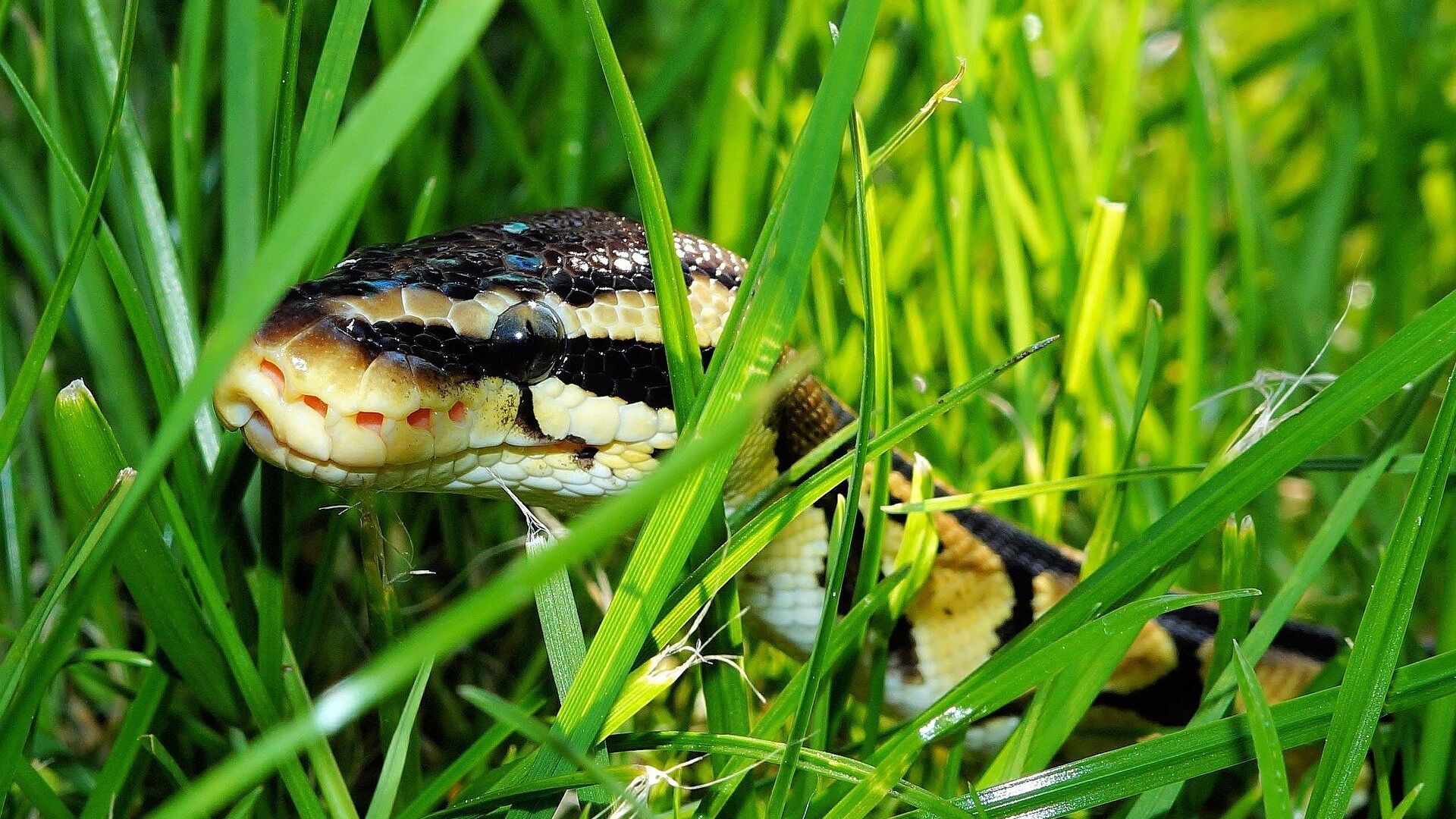Snake, Duct Tape, Dosimeters: How Scientists Study Impact of Radiation in Fukushima Exclusion Zone
12:48 GMT 09.09.2021 (Updated: 12:50 GMT 09.09.2021)

© Photo : Pixabay
Subscribe
The accident at the Fukushima Daiichi Nuclear Power Plant (NPP), which occurred on 11 March 2011, was caused by a devastating earthquake and subsequent tsunami that hit Japan’s Tohoku region. The incident at Fukushima is considered the worst since the 1986 Chernobyl nuclear disaster.
Let’s face it: snakes are the last candidate in the animal world one would choose to conduct a study. They’re darn ssscary and venomousss. Yet this is exactly what an international group of scientists did when they decided to research the impact of the accident at the Fukushima NPP on the local environment.
According to the International Atomic Energy Agency, over 100,000 people were evacuated from the surrounding area after the plant experienced a meltdown in 2011. An area of 400 square kilometres is still considered unfit for habitation.
To examine the long-term effects of radiation, the researchers captured dozens of reptiles, primarily rat snakes, and equipped them with GPS trackers as well as dosimeters, which they attached using hi-tech methods (duct tape and superglue).
According to the International Atomic Energy Agency, over 100,000 people were evacuated from the surrounding area after the plant experienced a meltdown in 2011. An area of 400 square kilometres is still considered unfit for habitation.
To examine the long-term effects of radiation, the researchers captured dozens of reptiles, primarily rat snakes, and equipped them with GPS trackers as well as dosimeters, which they attached using hi-tech methods (duct tape and superglue).
"Because snakes don’t move that much, and they spend their time in one particular local area, the level of radiation and contaminants in the environment is reflected by the level of contaminants in the snake itself”, said Hannah Gerke, an alumna of the University of Georgia’s Savannah River Ecology Laboratory and one of the lead authors of the study.
The scientists then placed them in the area around the plant, known as the Fukushima Exclusion Zone, and collected data remotely. The reptiles spent a lot of time close to streams, roads, and grassland, as well as on tress and in buildings. According to the results of their study, published recently in the Ichthyology and Herpetology journal, some of the exposure to radiation came from the prey the snakes ate, but as much as 80 percent came from contact with the soil, trees, and plants.
The creatures that spent more time in buildings received relatively low doses of radiation, which researchers suggest is a sign that buildings can serve as contamination shields.
Overall, the levels of radioactive contamination were much lower than during the first years following the nuclear accident, in part because over the course of the last decade, most of the toxic materials settled in soil and decayed.
Despite the fact that the Fukushima Exclusion Zone is deemed uninhabitable, the nuclear accident didn’t cause drastic changes in the wildlife, at least observably, says Hannah Gerke.
Despite the fact that the Fukushima Exclusion Zone is deemed uninhabitable, the nuclear accident didn’t cause drastic changes in the wildlife, at least observably, says Hannah Gerke.
"Everybody expects Fukushima to be a barren wasteland full of mutated animals. In real life, it is quite beautiful. I was there in summer when everything was lush and green. There is wildlife everywhere—just a surprising lack of people", she said.
The nuclear accident occurred on 11 March 2011, after Japan’s Tohoku region was struck by a devastating earthquake. The tremor, which was 9.0 in magnitude on the Richter scale, was the world's fourth most powerful earthquake since record-keeping began at the beginning of the 20th century. It triggered a tsunami, with waves reaching heights of 40 metres.
According to official statistics, around 20,000 people died as a result of natural disasters and another 2,500 were missing. Over 6,200 people were injured.
The Fukushima Daiichi Nuclear Power Plant withstood the earthquake, but the plant suffered damage from the tsunami, which led to a meltdown and the release of tons of radioactive material. The accident was classified as Level 7 on the International Nuclear Event Scale.
According to official statistics, around 20,000 people died as a result of natural disasters and another 2,500 were missing. Over 6,200 people were injured.
The Fukushima Daiichi Nuclear Power Plant withstood the earthquake, but the plant suffered damage from the tsunami, which led to a meltdown and the release of tons of radioactive material. The accident was classified as Level 7 on the International Nuclear Event Scale.
